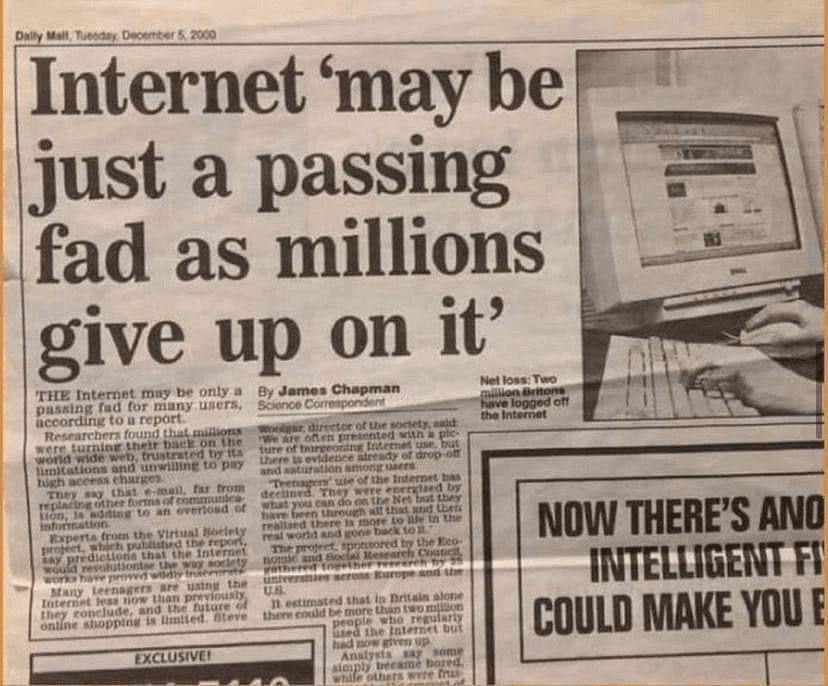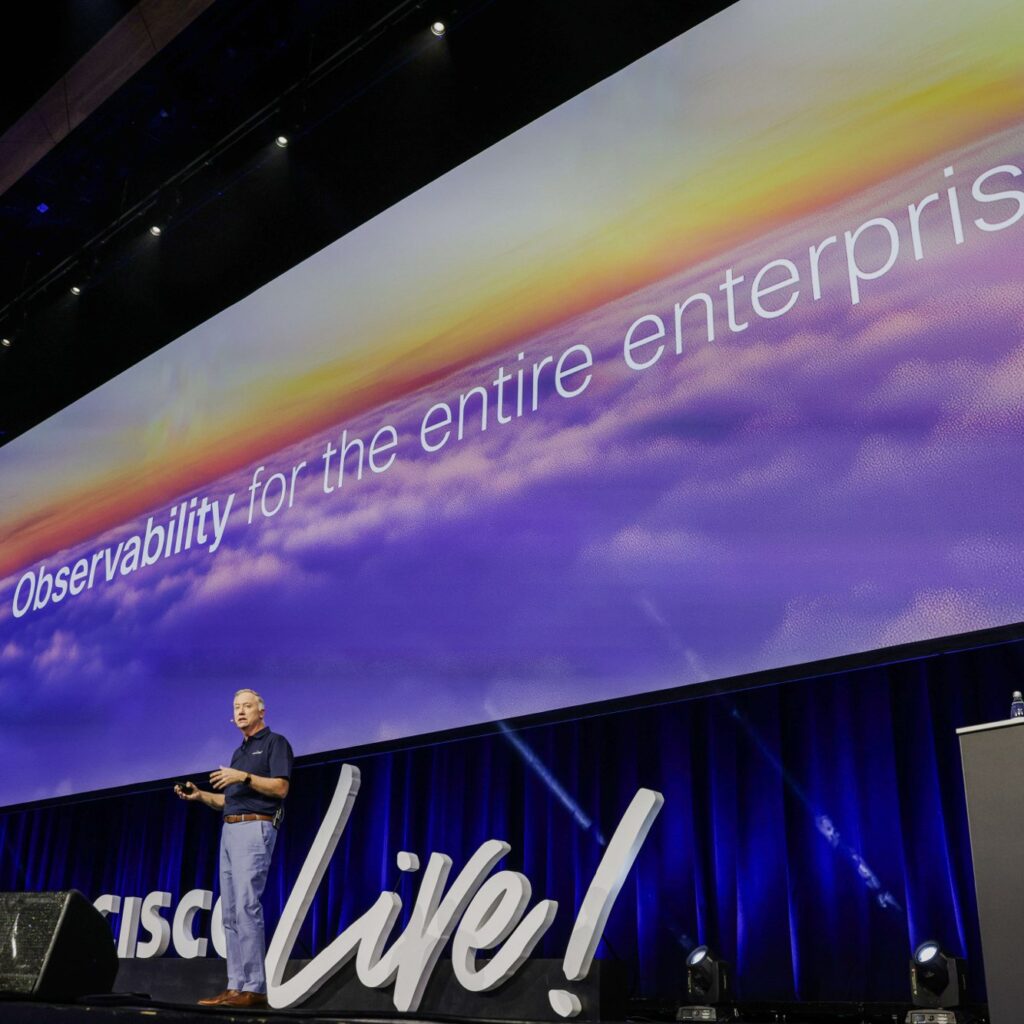Recently, KBI.Media was included in the AUKUS Advanced Technology Dialogue here in Australia across Sydney and Canberra. Some of the dialogue is not allowed to be publicised, but some which can be shared premiered on podcast, KBKast.
Former Deputy Director for Mission Integration at ODNI, Beth Sanner, made clear on an alarming but largely unseen realm of modern conflict known as the “grey zone.” A domain where traditional notions of peace and war blur into a nightmarish collage of cyber assaults, GPS spoofing, and sinister plots, this grey zone warfare is insidiously infiltrating everyday life and shaking the foundations of global stability.
Redefining Warfare in the 21st Century
The grey zone is an ever-expanding theatre of clandestine conflict.
“We think about war in terms of bullets and nuclear missiles,” said Sanner.
From covert cyber operations burrowing into critical infrastructure to advanced assassination plots and mysterious package-borne explosives.
“But the real battlefield has shifted to a realm where nations can cripple each other without firing a single shot.”
Real-World Threats Hitting Closer to Home
Sanner’s chilling recount of recent incidents reveals a world under siege in ways most would scarcely imagine.
“We had Russians plotting to assassinate the CEO of Europe’s biggest defence company and DHL packages rigged to explode mid-flight to North America,” Sanner disclosed.
This isn’t science fiction—it’s a new form of warfare happening right now, right under our noses.
The Divisive Agenda: Splitting Allies and Nations
One of the grey zone’s most pernicious strategies?
Polarisation. According to Sanner, campaigns of misinformation and sabotage aim to fracture societies from within and drive wedges between international allies.
“Divide and conquer isn’t just a phrase; it’s the mission objective,” she warned.
Whether it’s undermining European support for Ukraine or derailing society’s confidence in alliances like AUKUS, adversaries are playing a long game of societal disruption.
The Imperative of Collective Strength
But there’s a silver lining amidst this fog of digital and irregular warfare: unity.
Sanner emphasised that the collective might of alliances can outmatch even the most formidable adversaries.
“Individually, we may be vulnerable. But together—combining the strengths and innovations of nations like the US, UK, and Australia—we can tip the scales back in our favour.”
Bridging the Public-Private Divide
Sanner also underscored a critical gap in our defences—the collaboration between government and the private sector.
“Most of these attacks are hitting private companies, yet there’s a lack of robust mechanisms for real-time threat information sharing,” she revealed.
Building these bridges, fostering continuous dialogue, and developing trusted communication channels could spell the difference between resilience and catastrophe.
A Call to Arms: Technology and Trust
As Sanner’s insights made clear, staying ahead of grey zone threats requires more than just technological prowess—it needs trust and cooperation.
“It’s not about starting grandiose programs; it’s about focused, pilot-based initiatives that build on successful collaborations” she advised.
Investing in quantum technology, AI, and educational systems, while fostering alliances, remains our best shot at maintaining a competitive edge.
Future Steps: Navigating the New Global Normal
So where do we go from here, especially as leadership changes loom on the horizon? Sanner urged that we not sweep away the progress made.
“There is bipartisan agreement on the challenges we face. We must build on the foundations rather than reinvent the wheel,” she asserted.
And while new administrations might come with new labels and priorities, the fundamental threats and collaborative solutions must endure.









